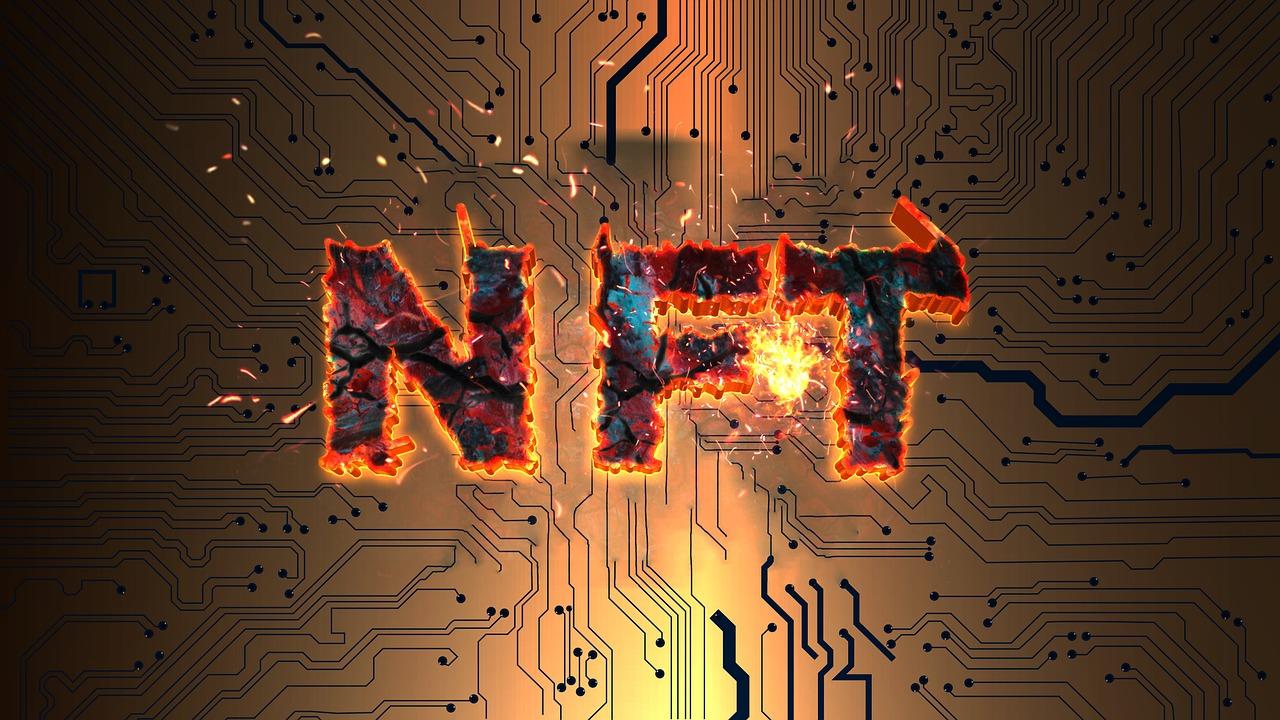NFTs or Non-Fungible Tokens are digitized assets infamous for revolutionizing the concept of ownership and digital art. These tokens are unique and bring about a new frontier in the art industry, enabling artists to tokenize their work.
NFTs are built using the same technology that underpins cryptocurrencies, known as blockchain. However, unlike cryptocurrencies such as Bitcoin, which are fungible and can be exchanged on a like-for-like basis, NFTs are unique. Each token comes with a digital signature, confirming its originality and ownership.
The interest in NFTs has seen a dramatic increase in recent years. As per reports, the NFT market value tripled in 2020, reaching more than $250 million.
Nonetheless, the escalating popularity of NFTs brings along its share of challenges. It culminates questions related to copyright and ownership. While laws surrounding digital asset ownership are yet to evolve fully, there are instances of artists finding their digital work being tokenized and sold without their consent.
Moreover, environmental sustainability is another concern associated with NFTs. The minting process of NFTs involves multiple transactions on the blockchain, leading to high energy consumption.
In conclusion, NFTs represent an exciting advancement in how we conceive digital art and ownership. However, as the NFT market continues to grow, creators and buyers must navigate the challenges that come with this new digital frontier.



